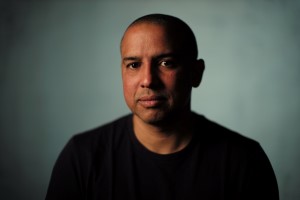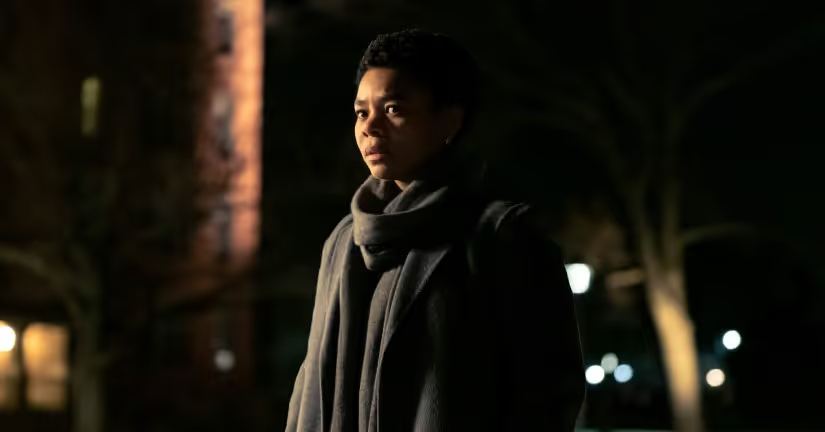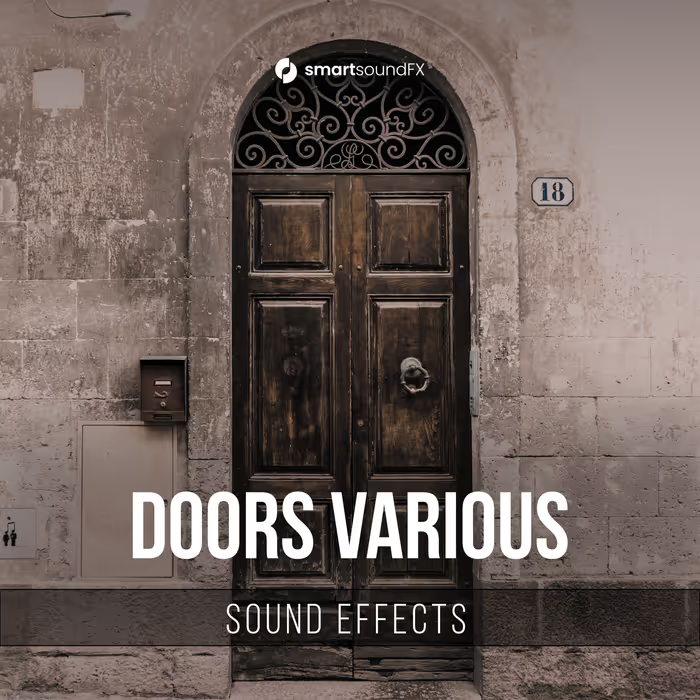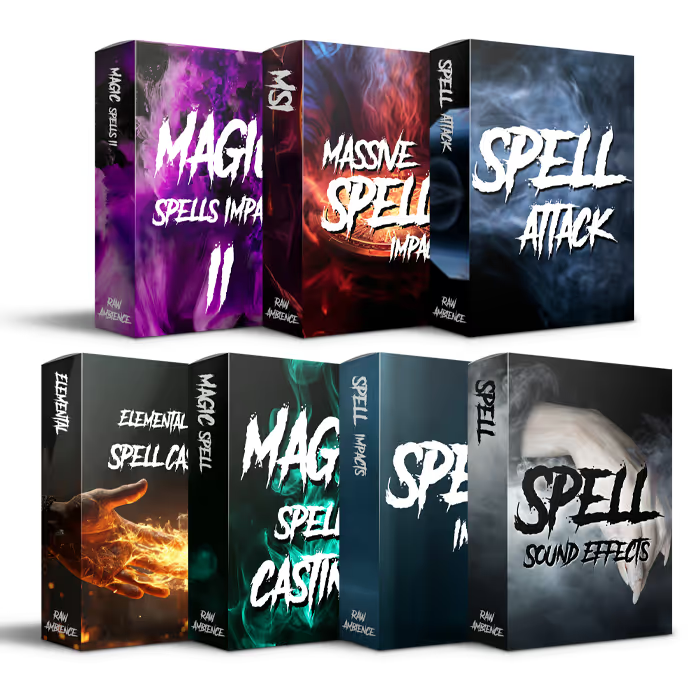Director Mariama Diallo’s Master – currently in US Dramatic Competition at Sundance – tells a supernatural tale that draws on Diallo’s own experience of social isolation and exclusion as an African-American student at a predominantly white college. In the film, these feelings combine with menacing supernatural forces to haunt the main characters.
The film is set to premiere globally on Prime Video on March 18, 2022.
Harbor Picture Company‘s sound supervisor/sound designer Robert (Bob) Hein, and Emmy-winning Re-recording Mixer Robert Fernandez explain that the sound needed to be subtle at first, growing more intense as the horrorfic visions the characters experience intensify.
Here, Hein talks about designing a supernatural sound that’s based in reality and Fernandez details his mixing approach to support and reinforce the feelings of isolation and alienation in Master.
How does director Mariama Diallo depict the supernatural elements in Master? And how do you cover them in terms of sound?
Bob Hein (BH): In the film, we’re not sure if the disturbing things the characters were seeing are real or if it’s happening in their imagination. The visions are pervasive and very powerful, and as the film goes on, these visions are more effective.

The visions are brief, and sound is very important in making those visions have an impact. For instance, you’ll see a monstrous-looking hand come through a window and then, suddenly, it’s gone. It’s a quick image but the sound is very strong and so it’s startling. A few times in the film, there’s an infestation of maggots and it’s very disturbing. You mostly get a sense of them through sound.
The two main characters are Jasmine, who’s attending college, and Gale, who is the Master of the college. They are both African-American, and there are undertones of racial inequality in the school. School legend says there was a woman who lived in Jasmine’s room, and that woman committed suicide at 3:33 AM. And so Jasmine’s story is leading up to that moment — same time, same day of the suicide. Jasmine experiences horrors, and we don’t know if they are real, but they ultimately have an effect on her. So it was an interesting film to develop the sound design.

Robert Fernandez (RF): There are actually three African-American characters, and they’re all rejected by their peers. The history of this institution and how it treated African-Americans in the past, that’s always present somehow and applies in varying degrees for these three people. Some of that rejection is overt and obvious, and some is subtle or implied and those are the ones we had to enhance with sound.
BH: The supernatural sounds are a combination of sounds you’d hear — like the insect sounds — with strong sound-designed ambient tones.
Another example is the attic; there’s the sound of a servant’s bell that calls Gail up to the attic. It’s like if you were a servant in a home, a bell would ring and you’d go serve the master. So up in the attic, Gail sees things. At one point, she’s had her portrait painted and it’s in the attic. Gail stops to look at it and a moth comes out of her eye and the maggots start to come out of her mouth. It’s very shocking and horrifying. So we made the real sounds for those insects very heightened and then we used sound design elements to reinforce the power and shock of the vision.
The supernatural events feel dark and disturbing more than anything. You’re not seeing some made-up creature. It’s more dark and upsetting.
What were Diallo’s initial ideas for how to use sound to help tell this story?
BH: We met when she was just planning the shoot, and we talked about the deep history of the film, like slavery and witchcraft and dark things from America’s past, and relating to that through sound would be important.
I gave her some initial sounds to listen to back then, to help her during the shoot. Once in a while, we’d discuss things as she went along. In the edit, early on, we gave her sound effects to use.
There was a certain amount of darkness we needed to bring to the film through sound — haunting sounds and scary sounds.
There was a certain amount of darkness we needed to bring to the film through sound — haunting sounds and scary sounds. But they’re not typical of a horror film. We wanted them to be subtle as well as haunting, and on occasion, shocking.
I decided to draw from history and took some sounds from a song sung by slaves, and turned that into sound design, into something unrecognizable. It had an eeriness that we were excited about when we mixed it in.
We also used nature a lot to create the sound design moments. There was a lot of sound design in the film that shared space with the sound effects. The score was also very haunting, unique, and beautiful. All these things together created a really cool soundtrack.
[tweet_box]Sundance: Behind the Supernatural Sound of Master[/tweet_box]
What tools helped you to manipulate these sounds, but still maintain a natural feeling so they weren’t too sci-fi?
BH: We used reverb quite a lot. We took the songs and stretched them so they weren’t recognizable and then added reverb and buried them into the other sounds in the film, so they’re happening right at the edge of your hearing. They don’t impact you like a sci-fi sound effect.
You can tell you’re listening to something being sung, but you’re not quite sure what the words are.
We used Paul Stretch for some of it. It’s hard to use because it’s old. I didn’t want to stretch out the track so far that it turned into a tone. You can still hear the song; it’s stretched just a bit.
Then with EQ and reverb, it becomes more haunting. You can tell you’re listening to something being sung, but you’re not quite sure what the words are.
Diallo talked about her own feelings of isolation and alienation while attending college, and those were the catalysts for this story. How did you use sound to support those feelings of isolation and alienation in the film?
BH: There are very powerful and subtle things that happen to Jasmine in the film, isolating events that occur because she’s an African-American woman in a predominately white school. Things happen to Jasmine that wouldn’t happen to her white friends. These things happen in an intensified way, cinematically. In one scene, Jasmine is in a crowded cafeteria but she’s isolated by the social norms there. We used sound to embellish the fact that she’s feeling alone despite the crowd.
We changed the sound of the crowd, highlighting some group ADR that supported this feeling that Jasmine is left out, and added some sound design that felt dark and threatening. This was used a number of times in the film when Jasmine feels isolated and excluded.
We used sound to embellish the fact that she’s feeling alone despite the crowd.
At times, we would take the crowds away. Then, toward the end of the scene, we’d bring them back very strongly. So it feels like at first she’s lost and isolated, and then she’s isolated because she’s excluded by all the people around her. Sound was used to describe both of those feelings.
RF: Another example is the scene in which Jasmine is dancing at a party, and it seems very innocent. The party is overwhelmingly white and it seems like they’re dancing too, but they’re really turning on Jasmine.
That was interesting for sound. It wasn’t a big sound design moment, but the crowd surrounds Jasmine and starts singing louder and louder. It becomes overwhelming and it feels not fun anymore.
They start singing it louder and louder until it’s obvious that it’s not all in good fun.
In a way, that’s a moment where the overt and subtle cross each other. The party-goers are singing the lyrics to the song but the lyrics can be offensive to someone who is African-American. They start singing it louder and louder until it’s obvious that it’s not all in good fun. We achieved this through sound level and by trying to fill the whole room with that sound so that it becomes overwhelming.
Jasmine keeps having visions throughout the movie and the audience doesn’t know if they’re real or in Jasmine’s imagination. And we tried not to give it away with sound, so it’s not immediately obvious what’s happening in reality.
What format did you mix this in?
RF: We mixed in 7.1 but delivered in 5.1.
In terms of sound, is there a scene that you feel best represents your work on Master? Or is there a scene you’re most proud of in terms of sound?
BH: In general, the film had to grow into what it becomes at the end. So, we had to suggest things early on but not overtly until you get more and more into the film. The sound has an arc. It impresses you in subtle ways that get stronger as you go through the film. That was a challenging thing to do, an interesting thing to do, and an important part of how you experience the film.
The sound of the party goes away but there’s still the sound of laughter. It brings home the fact that she’s uncomfortable at this party…
RF: In terms of mix, early on there is a party at the Master’s house. There is a scene in which Gail goes into the kitchen and finds a ceramic figurine. I like the shape of that sequence. It’s subtle. The sound of the party goes away but there’s still the sound of laughter. It brings home the fact that she’s uncomfortable at this party but the attendees are completely oblivious to it. They keep laughing and laughing as she’s looking at this figurine. Then someone calls her name and she snaps out of it. I really like how that turned out.
I also like the scene of the first time that Gail goes up to the attic. We don’t know what she’s going to find up there. I love the way the sound design draws her up there.
Towards the end of the film, there’s another party; it’s a celebration that ultimately turns dark. I like how things shaped up in that scene.
BH: Yeah, in that scene the party crowds were designed and manipulated to isolate Gail, the Master. She was feeling isolated. The way it’s mixed, Gail feels all alone even though there are all these people around her having fun and celebrating.
How was Master a unique experience for you in terms of sound?
RF: It’s hard to put this film into any category. It’s not really a horror film even though there are horror elements. It’s not so much a supernatural horror but a society-induced horror. We didn’t want the soundtrack to veer into the horror genre. That was always in the back of my mind as I was mixing this film. To me, that was a unique challenge to this film.
It’s not so much a supernatural horror but a society-induced horror. We didn’t want the soundtrack to veer into the horror genre.
BH: I agree. It’s a horror that takes place in society and that’s very different than other horror films. It was a challenge to use sound to accentuate those things. This film had a perspective that was horrible in a social way.
RF: We had a narrower lane with this film than with a typical horror film. We couldn’t push too far into the horror realm. And Mariama didn’t want it to go in that direction either.
A big thanks to Bob Hein and Robert Fernandez for giving us a behind-the-scenes look at the sound of Master and to Jennifer Walden for the interview!




